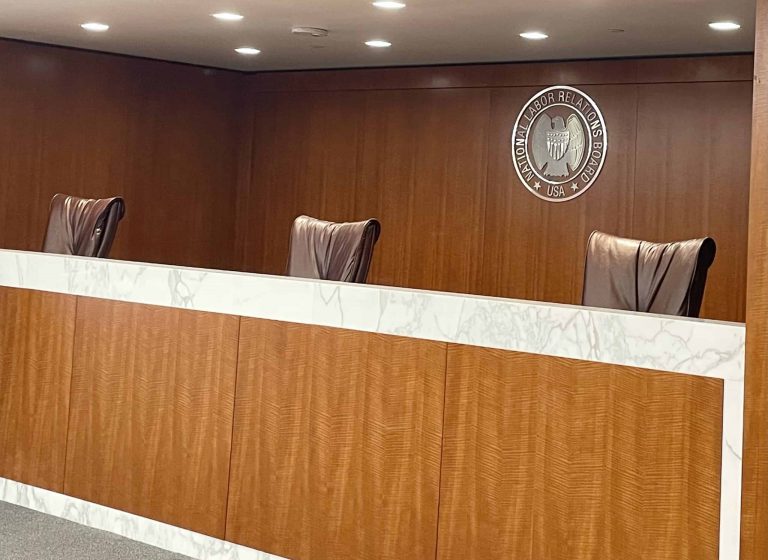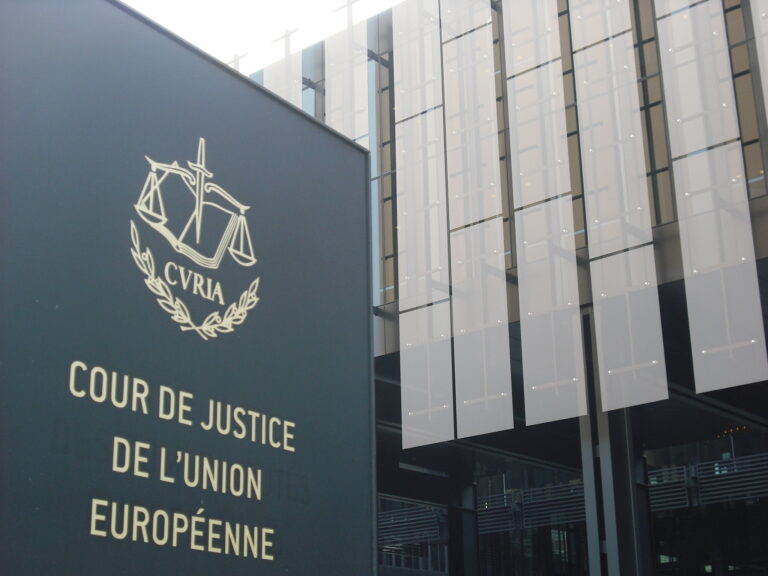Luke Hinrichs is a student at Harvard Law School.
In today’s news and commentaries, Chief Justice Roberts pauses reinstatement of NLRB Chairwoman Gwynne Wilcox and MSBP Chairwoman Cathy Harris, former EEOC Commissioner Jocelyn Samuels sues Trump alleging unlawful firing, and unions sue to block Trump executive order targeting collective bargaining agreements at federal agencies that have national security missions.
Chief Justice John Roberts issued an administrative stay to temporarily pause en banc D.C. Circuit’s order that would have reinstated National Labor Relations Board (NLRB) Chairwoman Gwynne A. Wilcox and Merit Systems Protection Board (MSPB) Chairwoman Cathy A. Harris while a panel of the D.C. Circuit court determines the legality of Trump’s firings. The case tests the applicability of longstanding precedent in Humphrey’s Executor v. U.S., and the president’s authority to discharge top officials at certain independent agencies without cause. Trump’s emergency application for the stay also requested that the Supreme Court treat the filing as a petition for certiorari to consider the matter on the merits instead of waiting for an appeal of the D.C. Circuit forthcoming decision. The fired officials are asked to respond to the request by April 15. The administrative stay leaves both the MSPB and the NLRB without a quorum to function.
Former Equal Employment Opportunity Commissioner Jocelyn Samuels sued the Trump administration in D.C. federal court, claiming that her firing in January was unlawful and in violation Title VII of the Civil Rights Act since she was removed without just cause prior to her Senate-confirmed term expiration. Samuels was removed from her position the same day that Trump fired EEOC Chair Charlotte Burrows and General Counsel Karla Gilbride. The firings left the Commission with no quorum to act.
Six unions filed for a temporary restraining order with a federal district court of California to block Trump’s “Exclusions from Federal Labor-Management Programs” Executive Order pending further litigation. The executive order would eliminate the collective bargaining rights for hundreds of thousands of federal employees at more than a dozen federal agencies by expanding an existing exception from collective bargaining for workers with duties affecting national security. According to the unions’ filing, the order affects about 75% of federal workers currently represented by unions. The unions involved include the American Federation of Government Employees, the American Federation of State, County and Municipal Employees, the National Nurses Organizing Committee/National Nurses United, the Service Employees International Union, the National Association of Government Employees, and the National Federation of Federal Employees.






Daily News & Commentary
Start your day with our roundup of the latest labor developments. See all
December 22
Worker-friendly legislation enacted in New York; UW Professor wins free speech case; Trucking company ordered to pay $23 million to Teamsters.
December 21
Argentine unions march against labor law reform; WNBA players vote to authorize a strike; and the NLRB prepares to clear its backlog.
December 19
Labor law professors file an amici curiae and the NLRB regains quorum.
December 18
New Jersey adopts disparate impact rules; Teamsters oppose railroad merger; court pauses more shutdown layoffs.
December 17
The TSA suspends a labor union representing 47,000 officers for a second time; the Trump administration seeks to recruit over 1,000 artificial intelligence experts to the federal workforce; and the New York Times reports on the tumultuous changes that U.S. labor relations has seen over the past year.
December 16
Second Circuit affirms dismissal of former collegiate athletes’ antitrust suit; UPS will invest $120 million in truck-unloading robots; Sharon Block argues there are reasons for optimism about labor’s future.